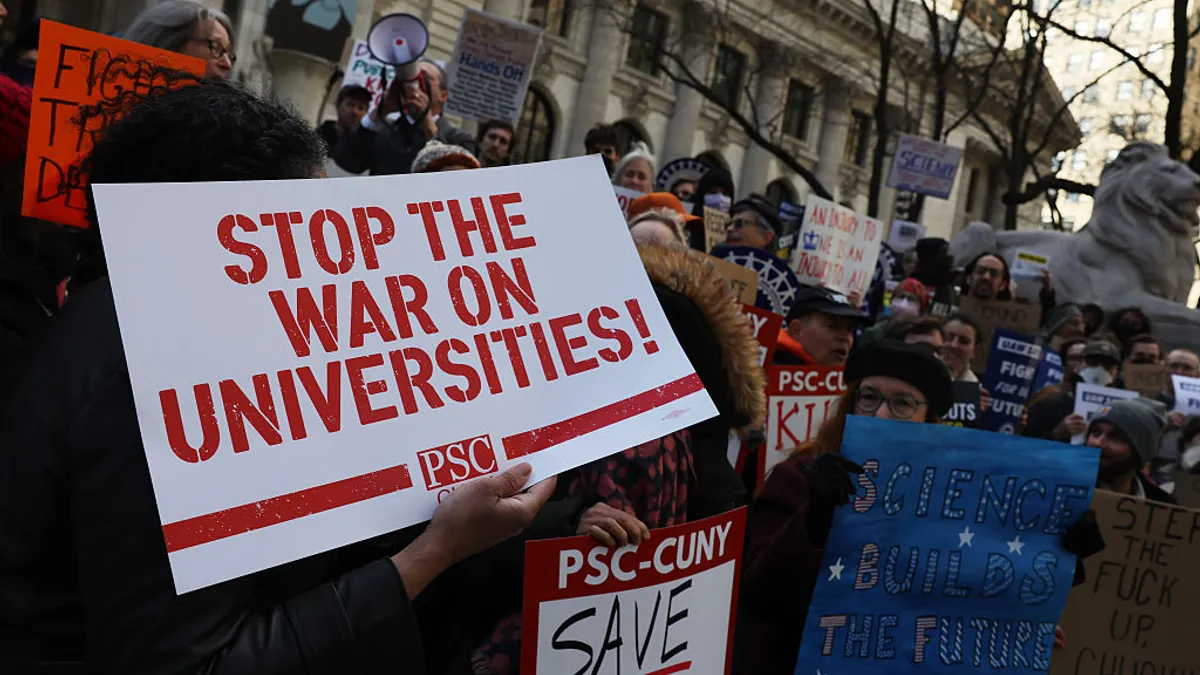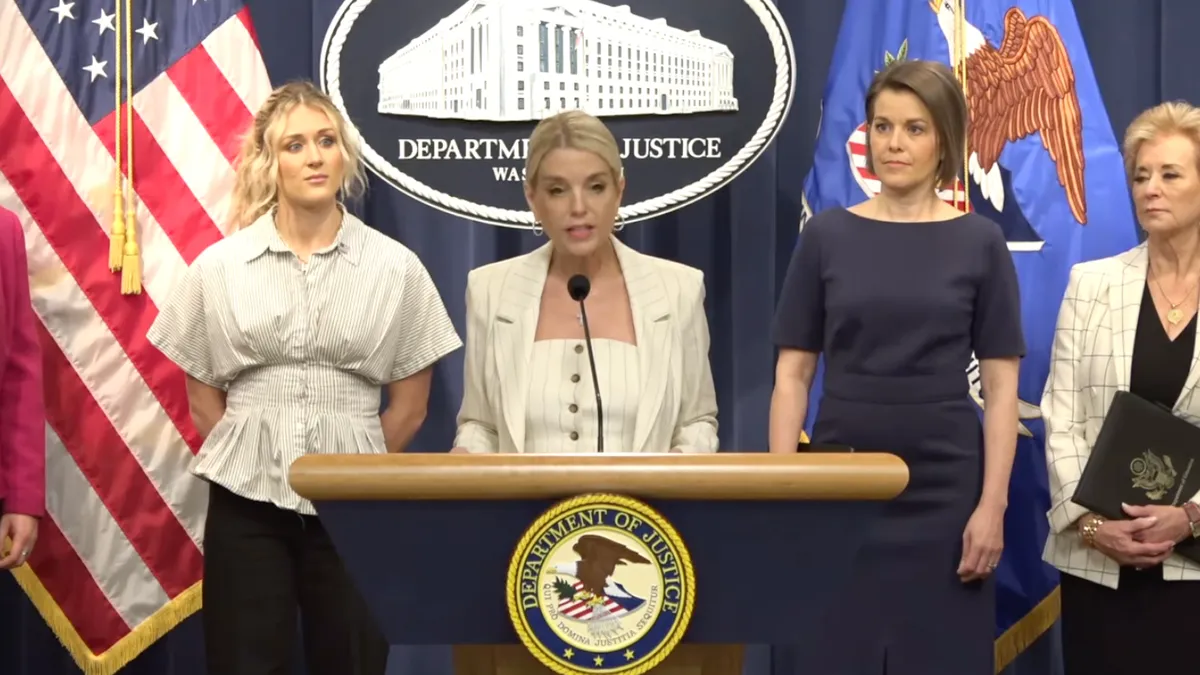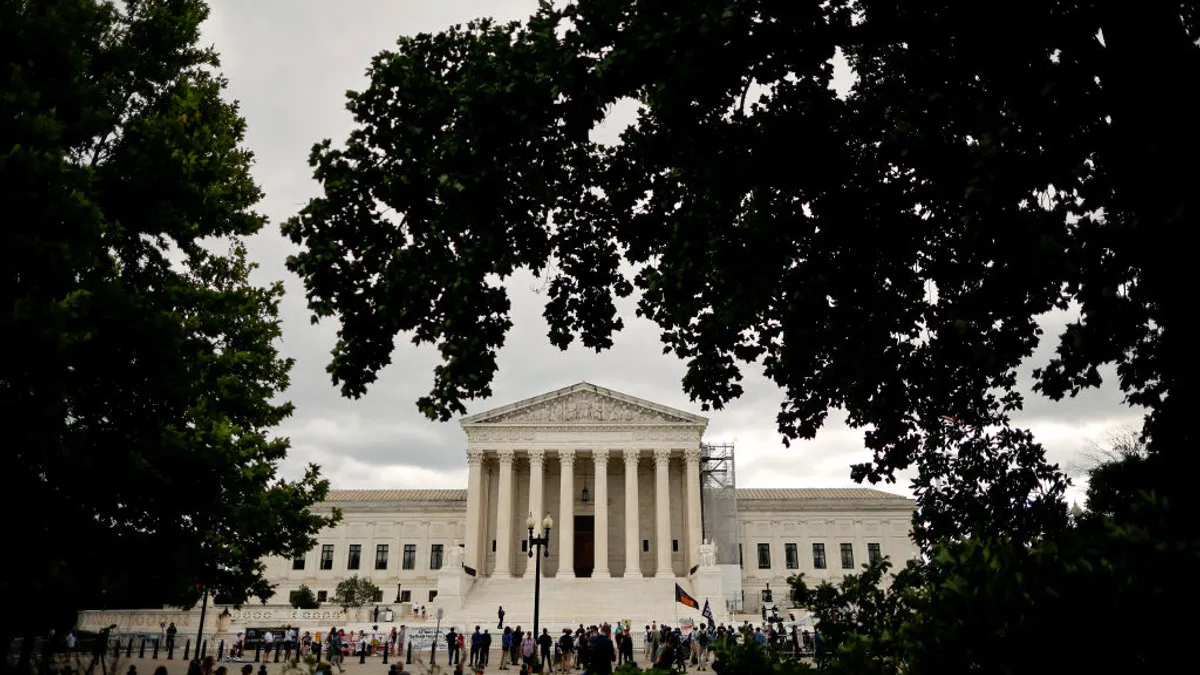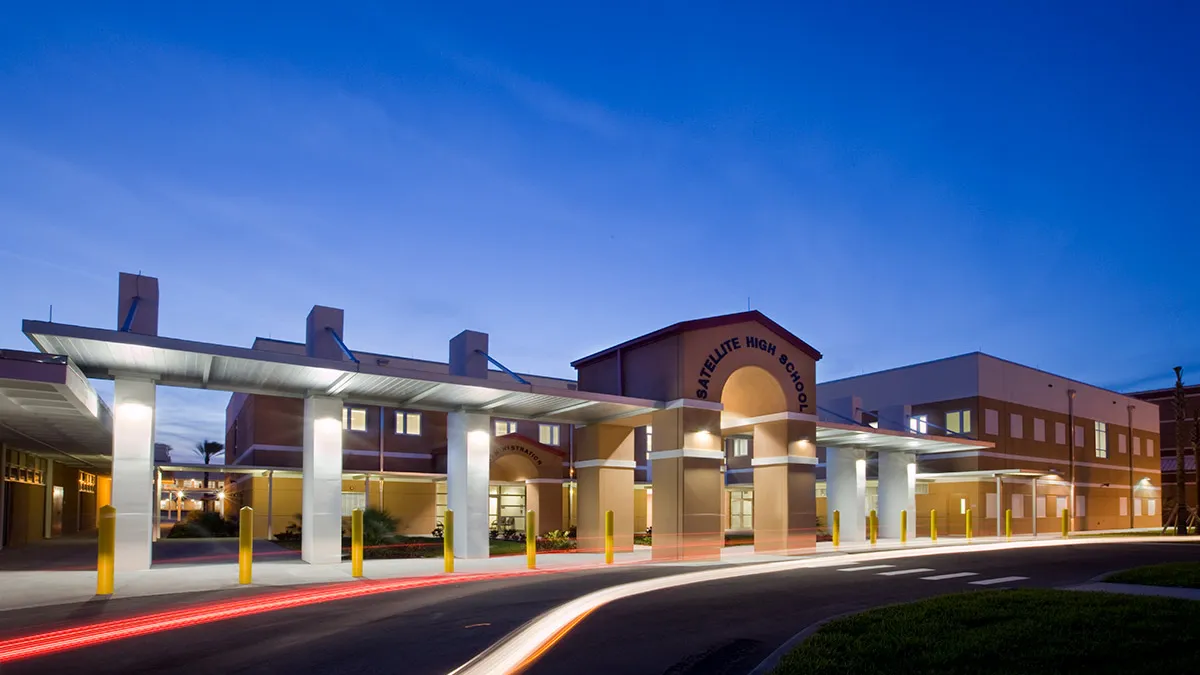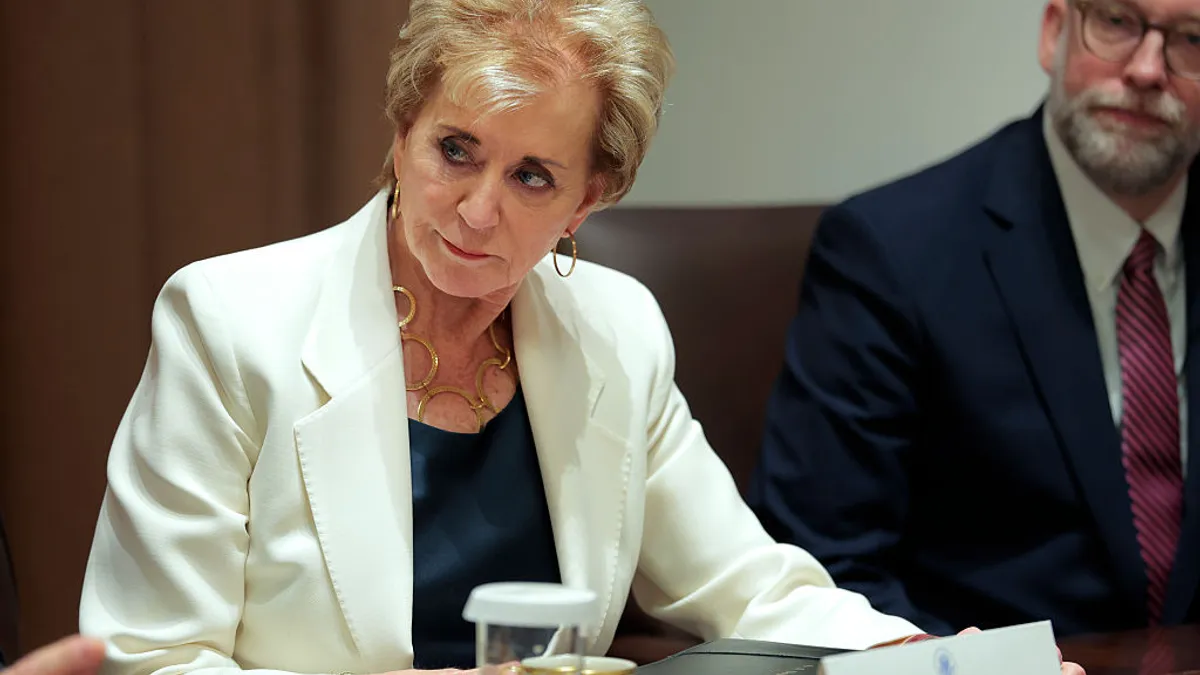The number of students with disabilities, ages 3-21, could jump by about 1 million students between 2021 and 2025 if the current rate of increase continues, according to federal data and an analysis by The Advocacy Institute.
By comparison, it took about 20 years — from 1997 to 2017 — to add 1 million students eligible for services under the Individuals with Disabilities Education Act, said Candace Cortiella, founder and director of The Advocacy Institute, a nonprofit focused on improving the lives of people with disabilities.
But pre-K-12 grade schools gained 539,617 students eligible for IDEA services between fall 2021 and fall 2023, the most recent year for which data is available from the U.S. Department of Education. From fall 2022 to fall 2023, the number of IDEA-eligible students increased by 3.4% to a total of 7,892,433.
If that pace of recent years keeps up, the U.S. will gain 1 million IDEA-eligible students in just five years, Cortiella said.
Schools see steady climb of special education students
The rise in students with disabilities in the nation's schools has a myriad of implications for schools, including a greater demand for special educators who can provide specialized instruction and also for funding to support students' individualized services.
This prediction comes as overall student enrollment is declining. Enrollment in pre-K-12 public schools fell 2.5% from pre-pandemic times of fall 2019 through fall 2023, according to a December report from the National Center for Education Statistics. Students with disabilities comprised about 15% of the total K-12 student population in 2022-23 school year.
The federal fiscal year 2025 budget called for an average of about $1,810 in additional per-student funding to educate IDEA-eligible students, according to a budget justification from the Education Department. The federal contribution for special education equals about 10% of the national average per pupil expenditures.
Special educator shortages
An increase in students with disabilities amid a decrease in the overall student population means schools will need to meet the needs of a growing proportion of students requiring more services and supports, special education experts said.
Yet the strain on schools is already showing cracks. While special educators have been in short supply for decades, the high vacancy rate in recent years has elevated the situation to crisis status, many education experts say.
The shortage is one possible reason for a recent escalation in school-family conflicts over special education services, they said. A lack of trained special educators and specialized service personnel — including counselors, psychologists and therapists — can lead to delays in evaluations and supports for students or result in noncompliance with their individualized education programs.
In fact, special education due process complaints jumped by 16.4% from the 2021-22 to the 2022-23 school year, according to an analysis by the Center for Appropriate Dispute Resolution in Special Education. These complaints are requests by parents or families that their case be heard by an administrative hearing officer.
"We're in this terrible Catch-22. How do we resolve and how do we move away from this?" said Phyllis Wolfram, executive director of the Council of Administrators of Special Education, about the need to resolve school-family conflicts in the midst of severe special educator vacancies.
Wolfram recommends school and district leaders analyze their data to see who is referring students for special education evaluations and if those referrals result in students being identified for services. In other words, rates of overidentification or underidentification should spark more scrutiny, she said.
Data showing low or high rates of referrals at the classroom, school or district levels could be further examined so the referral process can be improved, Wolfram said.
Why student counts are increasing
Several factors may explain the rise in special education students.
For one thing, pandemic-related learning loss and social isolation due to extended school closures set students back academically and emotionally. Some special education professionals had predicted at the start of the pandemic that COVID-related learning loss could lead to a greater demand for special education services. At the time, they warned about the downsides of improperly identifying students for special education, as well as the risk of underidentification. To qualify for special education services, a student needs a disability diagnosis and evidence that the disability is negatively impacting learning.
Another possible explanation for demand for special education services is developmental setbacks from increased screen time of young children and the negative mental health impacts of social media use on students, researchers and educators said.
"The No. 1 issue that we hear from teachers is dealing with more aggressive behaviors and even more out-of-control behaviors," Wolfram said.
The Advocacy Institute's analysis of the Education Department data for students ages 5-21 found a 7.3% increase from fall 2022 to fall 2023 in students with developmental delays. According to the IDEA, children ages 3-9 may have a developmental delay if they are experiencing physical, cognitive, communication, adaptive, or social or emotional delays.
The IDEA disability category showing the largest year-over-year increase is autism, with a nearly 10% increase. The Education Department data aligns with research from the Centers for Disease Control and Prevention, which found that 1 in 36 8-year-olds had autism diagnoses in 2020. That’s up from 1 in 44 in 2018 and 1 in 150 in 2000. Autism is about 4 times more common in boys than girls, the CDC said.
Autism is a developmental disability characterized by deficits in social interaction or communication and the presence of restricted interests or repetitive behaviors, according to the CDC.
Robert F. Kennedy Jr., the newly confirmed U.S. secretary of health and human services, has been criticized by some for refusing to say vaccines don’t cause autism. At Kennedy's swearing-in ceremony Feb. 13, President Donald Trump, citing the CDC data about the prevalence of autism in children, said, "Who can believe that? There’s something wrong. There’s something wrong, and I think it’s something that can be found out."
The disability category with the largest share of students, ages 5-21, is "specific learning disability," representing 33.5% of all students with disabilities. Under IDEA, specific learning disability is a disorder that makes it difficult to listen, think, speak, read, write, spell or do mathematical calculations.
When looking at state-level data, almost all states showed overall year-over-year increases in IDEA-eligible school-aged children, including Texas (10.1%), West Virginia (5.9%), North Carolina (4.8%), Alaska (4.5%) and California (4.2%). Louisiana, with a 12.2% drop, was the only state to see a decrease in the number of school-aged IDEA-eligible students, according to The Advocacy Institute's analysis.
Additionally, the number of infants and toddlers, ages 0-2, served under IDEA, Part C has been on the rise, increasing by 4.8% from fall 2022 to fall 2023 for a total of 462,847 young children.
IDEA Part C services are provided to infants and toddlers and their families in the child's home, day care and other settings most familiar to the child. Services can include communication, physical and social or emotional interventions.









